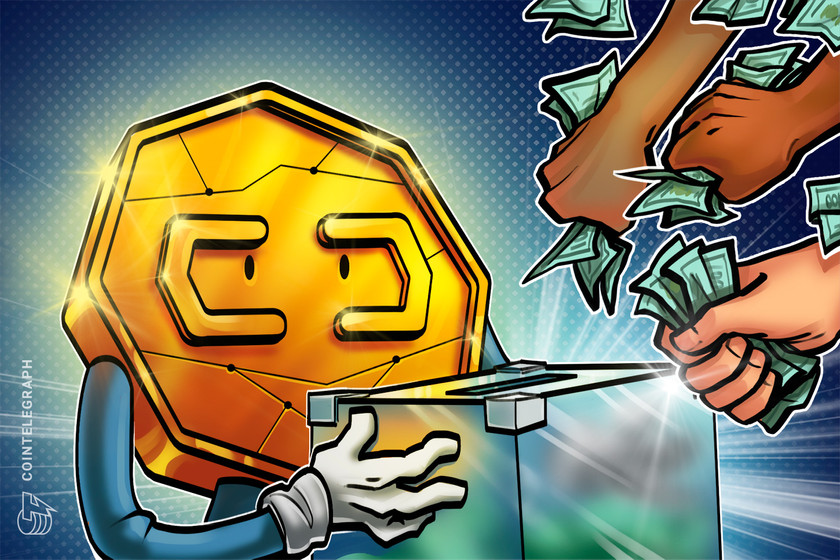Staking tech firm Kiln closes $17.8 million, eyes future ETH staking demand


Staking infrastructure firm Kiln has closed a $17.8 million fundraising round led by the likes of Consensys, GSR and Kraken Ventures.
Staking technology provider Kiln has closed out a $17.8 million fundraising round featuring the likes of Consensys and Kraken Ventures. The company is eyeing ‘exponential’ growth in demand for ETH staking services from institutional clients in the future.
Kiln is a software-as-a-service provider focused on enterprise-grade staking solutions across 16 different proof-of-stake blockchain protocols. Its infrastructure enables users to stake on-chain while maintaining asset custody on separate solutions as well as cloud platforms and validator clients.
An announcement shared with Cointelegraph outlined growing institutionalization of cryptocurrency staking as a trend in the market. According to Kiln, this is driving the need for ‘validator-agnostic APIs and services’ to allow for multi-provider staking.
Cointelegraph spoke to Kiln co-founder and CEO Laszlo Szabo to unpack the need for multi-faceted staking services. Major exchanges and service providers like Coinbase, Ledger and Binance are serving an increasingly institutionalized staking market according to Szabo and need to interact with multiple staking providers to spread operational risk:
“The legacy solution is to manage relationships with staking providers independently, leaving the product and engineering teams of the leading companies with the task of integrating different staking providers into their workflows.”
Integrating new protocols for staking now requires custom staking and unstaking transactions for each individual protocol format, as well as running data rewards collection infrastructure and integrating custom custodian APIs.
This is a primary reason for Kiln creating a suite of products enabling wallets, custodians, and exchanges to handle multi-provider staking.
Ethereum’s recent transition to proof-of-stake (PoS) consensus also leads Sazbo to believe that demand for ETH staking will ‘grow exponentially’. His firm cited data from other PoS protocols which see between 50-80 percent of assets staked, in comparison to the 12.5% of ETH’s total supply currently staked in the Beacon chain contract.
Kiln already serves institutional clients including Ledger, Binance US and GSR. It intends to go to market with these firms with a focus on institutional segments including funds and banks.
Szabo also told Cointelegraph that the firm is in discussions with leading traditional financial institutions which are preparing comprehensive crypto-related products and exploring staking:
“They are past the discovery stage already and making significant progress even though processes are long with this kind of player.”
Ethereum’s recent transition to proof-of-stake (PoS) consensus has also driven the company’s belief that demand for ETH staking will ‘grow exponentially’. The firm cited data from other PoS protocols which see between 50-80 percent of assets staked, in comparison to the 12.5% of ETH’s total supply currently staked in the Beacon chain contract.
Staking Ethereum is now an integral part of how the PoS smart contract blockchain operates on a daily basis. There are a number of staking options available to prospective users, but a full 32 ETH is required to become a validator of the network and provide participation rewards.
Everyday users looking to stake a smaller amount of ETH are able to participate in pooled staking or solutions offered by centralized exchanges.







